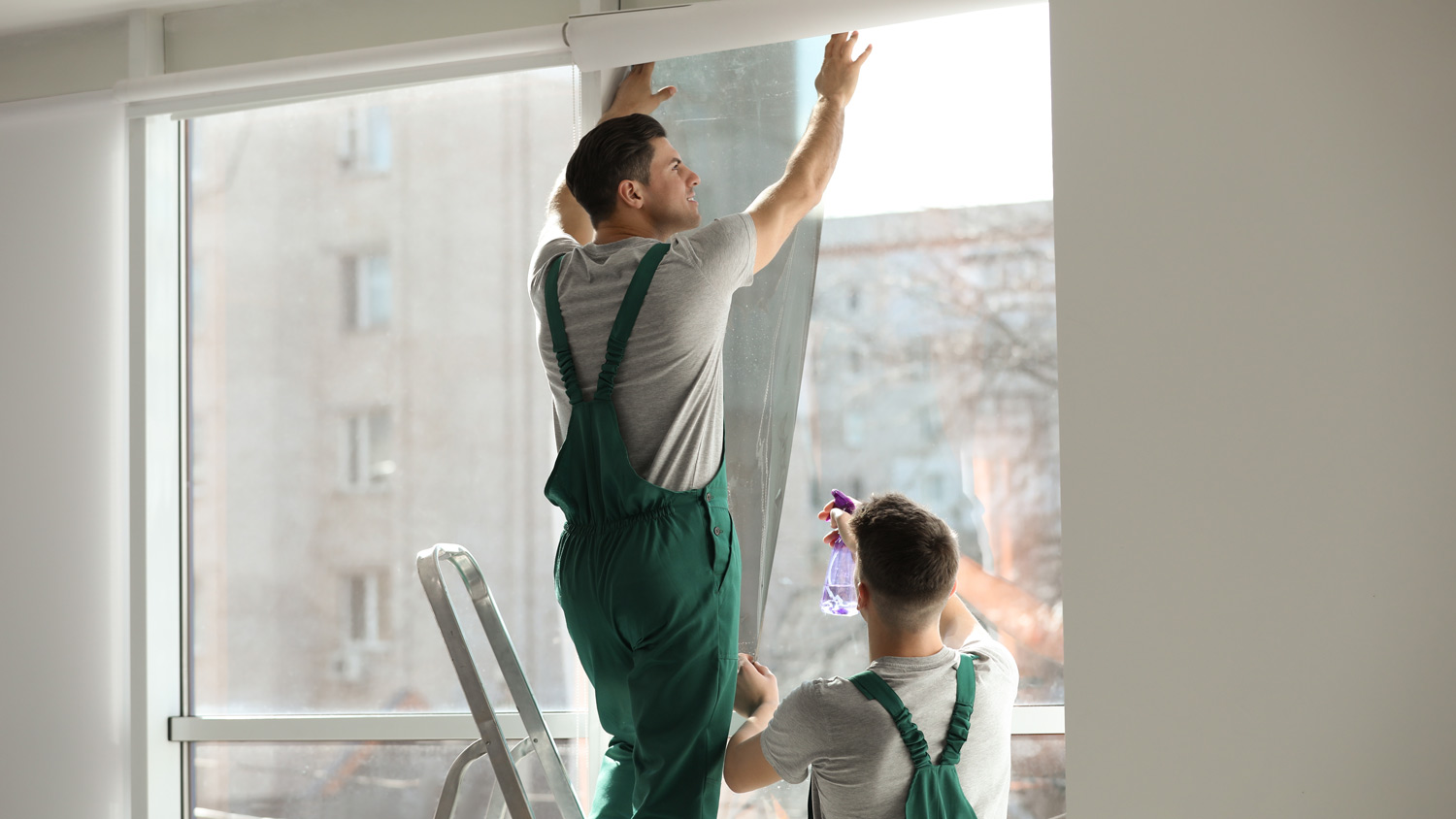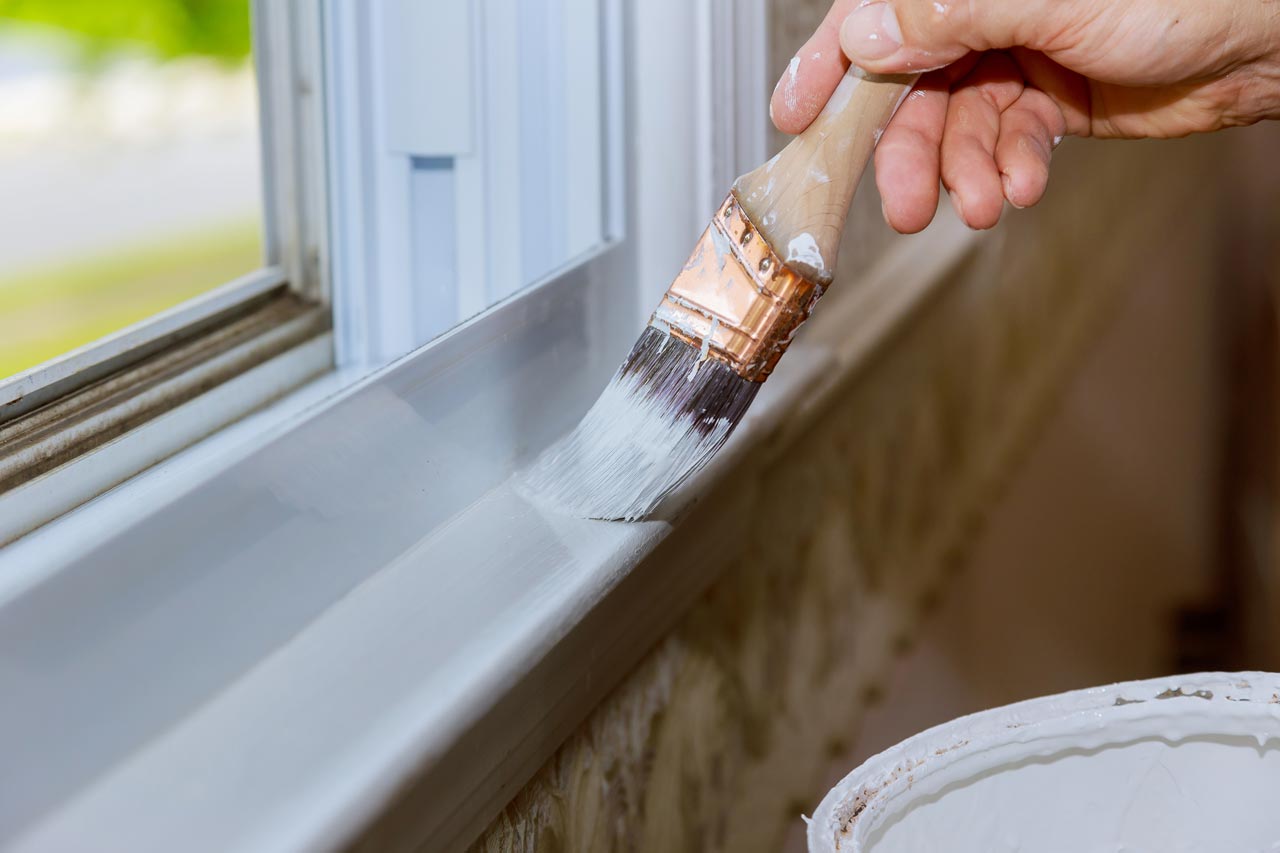
Unsure who to hire to test for lead paint? Learn whether to call a lead testing specialist or contractor and what to expect.



From average costs to expert advice, get all the answers you need to get your job done.

Unsure who to hire to test for lead paint? Learn whether to call a lead testing specialist or contractor and what to expect.

Learn how to find and hire painters, plus 10 questions you should always ask before choosing a pro.

Finish your home project on a budget with this cheap windows buying, installing, and replacement guide.

Learn how much window security film installation costs depending on film type, window size, labor rates, location and warranty coverage.

Brick staining costs an average of $2.50 per square foot. Our guide explains how factors like the size of your home and the condition of the brick affect the price.

Discover how factors such as linear footage, local labor rates, and trim type affect the total cost of painting baseboards.